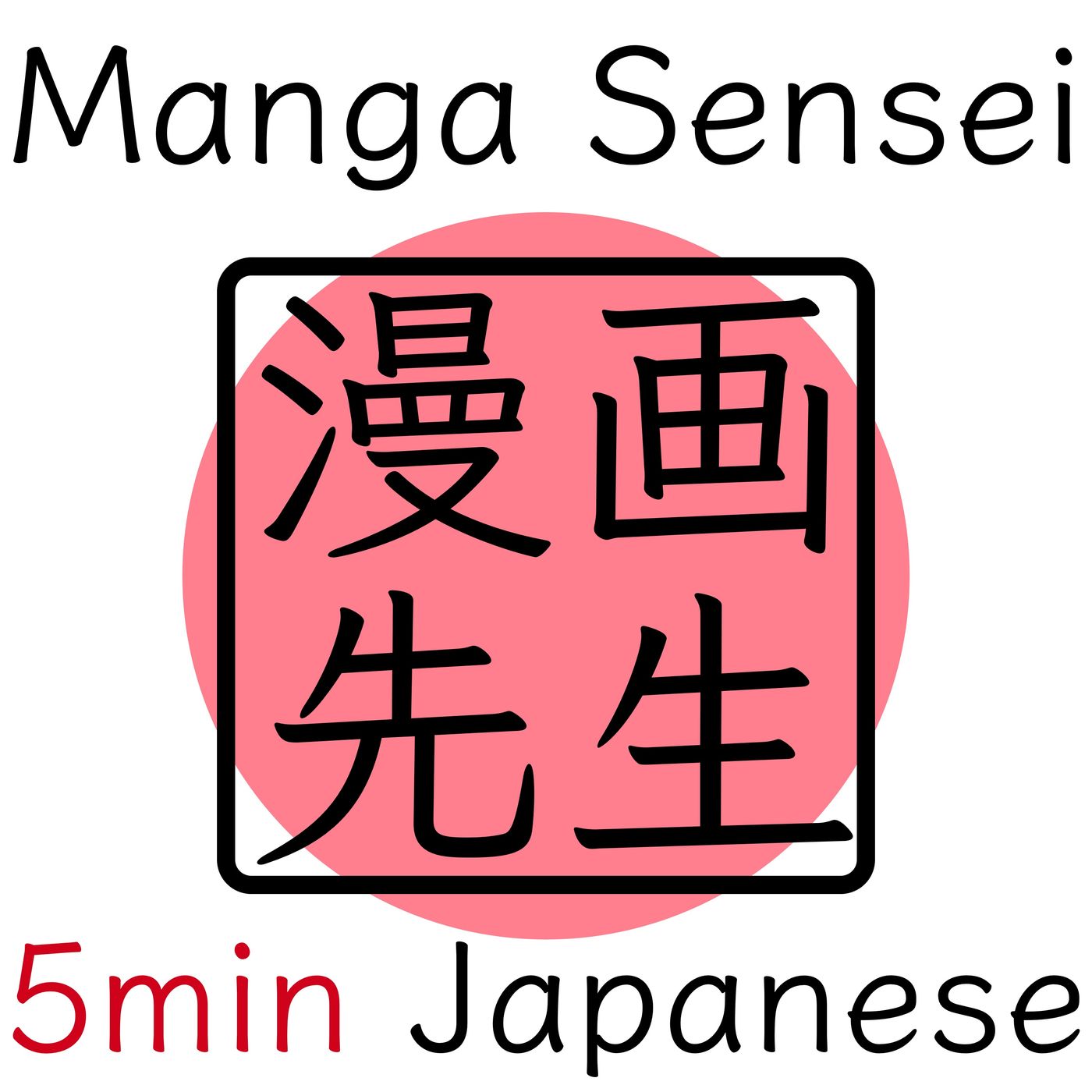Learn Japanese w/ Manga Sensei
Subscribed: 4,195Played: 86,082
Subscribe
© Copyright, Manga Sensei 2017, Provo UT 84601
Description
Learn Japanese language goodness every day, 365 days a year with Manga Sensei.
Manga Sensei breaks down complicated Japanese grammar and simplifies it so that anyone can understand it in 5 min or less every Monday through Friday.
Join us and learn the world’s best language. On the weekend we also get to interview master Japanese speakers, teachers, language hackers, Japanese businessmen, and translators to give you the tips and tricks that everyone, from the first day Japanese learner to the advanced speaker can all learn from.
This podcast is great for people studying for the JLPT (Japanese Language Proficiency Test), people interested in Japanese grammar and semantics, masters of the trade who might want to learn something new, or just want to get started. We got you.
Instagram: https://www.instagram.com/themangasensei/?hl=en
Facebook: https://www.facebook.com/themangasensei/
Twitter: https://twitter.com/themangasensei
Youtube: https://www.youtube.com/channel/UCFyhPCVFsM_0D0YtoFFlkWw
Website: manga-sensei.com
よろしくお願いします!
Manga Sensei breaks down complicated Japanese grammar and simplifies it so that anyone can understand it in 5 min or less every Monday through Friday.
Join us and learn the world’s best language. On the weekend we also get to interview master Japanese speakers, teachers, language hackers, Japanese businessmen, and translators to give you the tips and tricks that everyone, from the first day Japanese learner to the advanced speaker can all learn from.
This podcast is great for people studying for the JLPT (Japanese Language Proficiency Test), people interested in Japanese grammar and semantics, masters of the trade who might want to learn something new, or just want to get started. We got you.
Instagram: https://www.instagram.com/themangasensei/?hl=en
Facebook: https://www.facebook.com/themangasensei/
Twitter: https://twitter.com/themangasensei
Youtube: https://www.youtube.com/channel/UCFyhPCVFsM_0D0YtoFFlkWw
Website: manga-sensei.com
よろしくお願いします!
637 Episodes
Reverse







i really love this kind of teaching and also the intro music is the best 😻 ありがとうございます。
Thank you!! You are helping me so much in my journey.
This is a great way to start learning.
As Yoda speaks!!! Fantastic! I loved it!
please tell me the song that you have used in the end
Amazing. I support you for your amazing lessons keep up the amazing work. ありがとうございますせんせい。